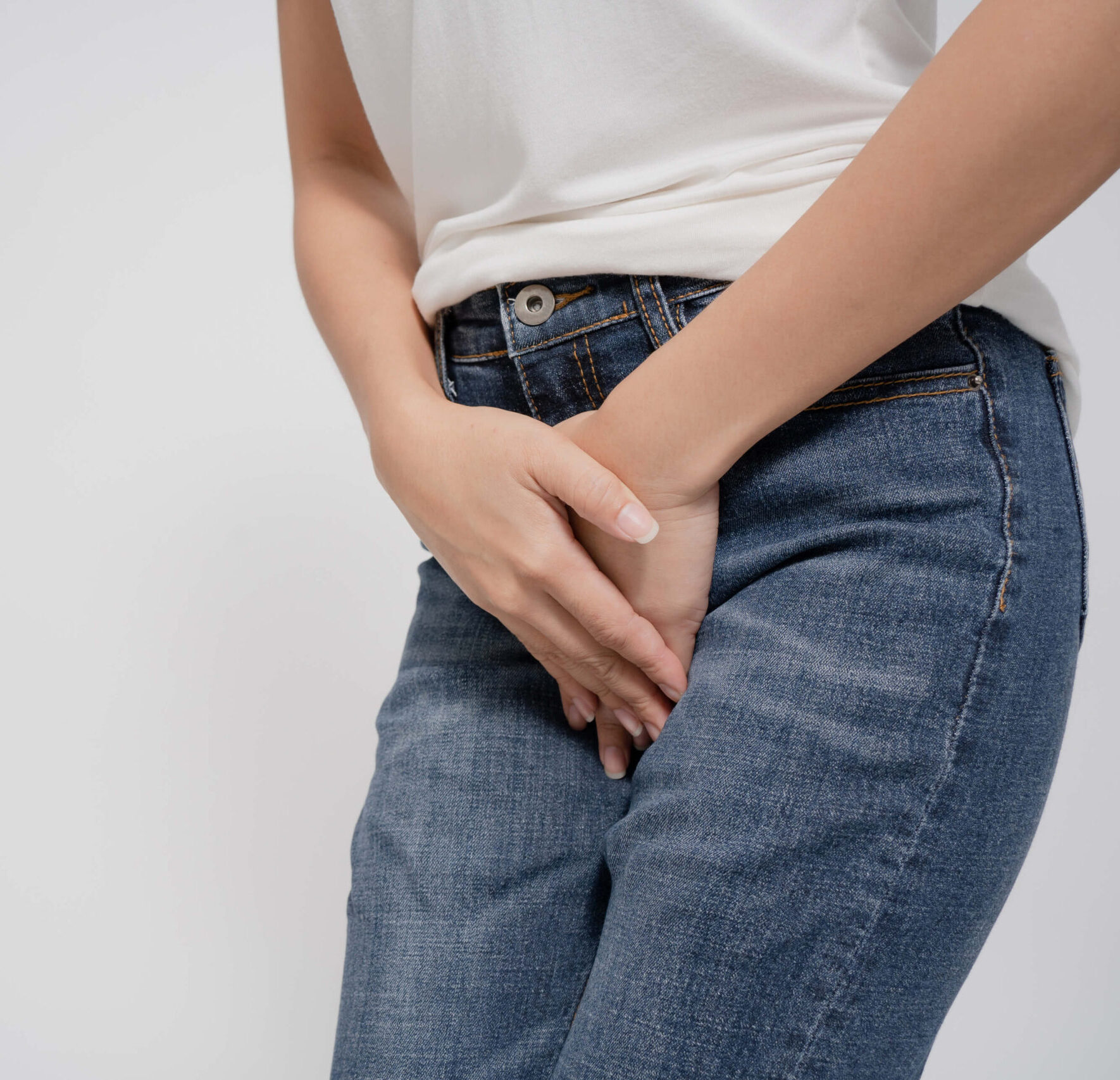Risk Factors
Several factors can increase the risk of developing OAB:
Neurological disorders: Certain neurological conditions can disrupt the nerve signals related to bladder control. For instance:
- Stroke: Damage to brain areas controlling bladder function can lead to OAB.
- Multiple sclerosis: This autoimmune disease affects the central nervous system, potentially impacting bladder control.
- Parkinson’s disease: A progressive nervous system disorder, it can interfere with the coordination of bladder and urethral muscles.
Hormone changes: The decline in oestrogen levels after menopause can affect the urinary tract’s health. This hormonal change can thin the tissues of the bladder and urethra, increasing the risk of OAB in post-menopausal women.
Pelvic muscle issues: The muscles in the pelvic region play a crucial role in supporting the bladder and controlling urine release. Factors such as childbirth, surgery, or trauma can weaken or damage these muscles, leading to OAB symptoms.

